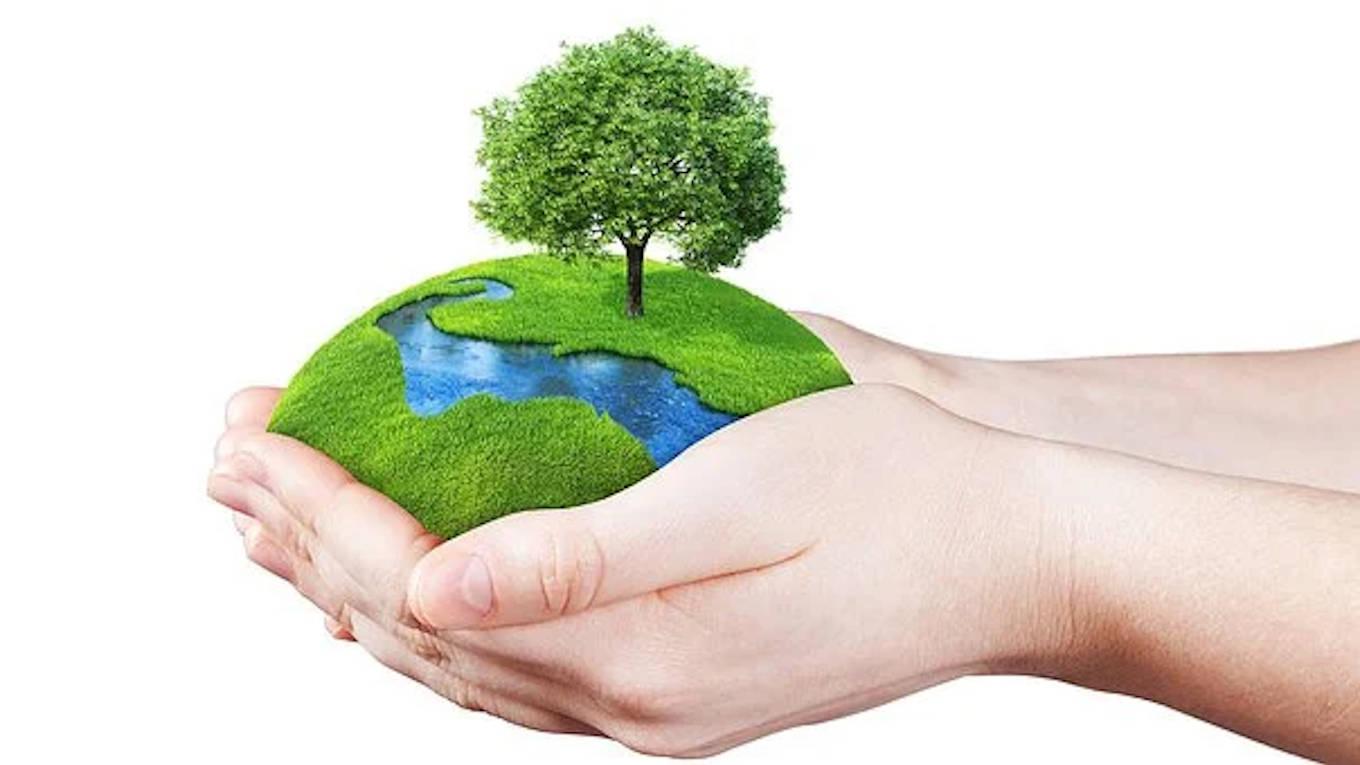
On 13 September, 1970, Milton Friedman, wrote his celebrated article in the New York Times titled ‘The Social Responsibility of Business is to Increase its Profits’. Half a decade later, he was awarded the prestigious Nobel Prize in Economic Sciences. But his paradigm of ‘The business of business is business’ continued to dominate the corporate scenario for four decades. The doctrine of ‘shareholder primacy’ became the Mantra in Corporate America and inspired developing economies across the globe to align corporate priorities solely with profit-making. So strong was the influence of the primacy of shareholder wealth maximisation in the corridors of leading American Corporations that nearly a quarter century later, in 1997, the Business Roundtable (BRT), an influential association of 200 leading CEOs of American Corporations defined the purpose of a corporation as: “The paramount duty of management and of boards of directors is to the corporation’s stockholders. The interests of other stakeholders are relevant as a derivative of the duty to stockholders.” New purpose of corporation Interestingly, in the last quarter of 2019, the BRT, announced a new purpose for the corporation, a 300-word statement that focuses on five key stakeholders that should be the priority of every American Corporation for the future success of companies, communities, and the country. These five stakeholders and corporations’ commitment to them include: • Delivering value to customers • Investing in employees • Dealing fairly and ethically with suppliers • Supporting the communities • Generating long-term value for shareholders For those who closely follow management thought in the West, this is an unprecedented development. The dominant capitalist thought has mostly prioritised profits over purpose, people, or the planet. However, this new version by BRT aims at ‘promoting an economy that serves all Americans’. This did not happen overnight. The scenario of the fortunate few and the miserable many has been an increasingly dominant development across nations in the decades post World War II. The phenomenal growth in the number and size of industrial enterprises at national and multinational levels brought to the fore contentious issues of environmental degradation and human inequities. In the form of ‘solutions’ came several international initiatives. An observer at the ILO, stated that 400 such codes and agreements exist across the world. Though the issues covered in them are similar, there are differences in language and focus due to the time, place, and circumstances under which they were proposed. The significant ones among these have been chronologically listed here. (See table). Thus, multifarious policy documents have been proposed by countries across the globe focusing on how corporate organisations can and should be more inclusive in their business approach. Historical context In fact, the notion that there is a limit for the total ‘carrying capacity’ of the earth is old. During the 19th century, Thomas Malthus formulated it with emphasis. The idea of sustainability was born from the confrontation of two trends of thought regarding global issues – one which claimed the priority of development, and another that claimed the safeguarding of environment. It was soon realised that sustainable development would not be possible without certain social and economic changes such as reduction in poverty levels and greater social equity between people and nations, and that environmental protection and economic development were complementary rather than antagonistic processes.


































